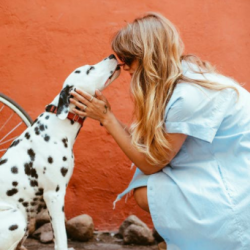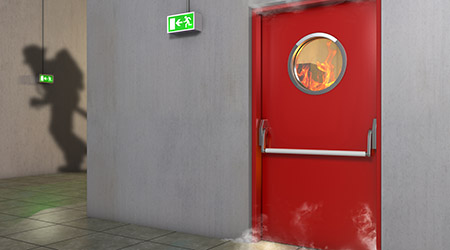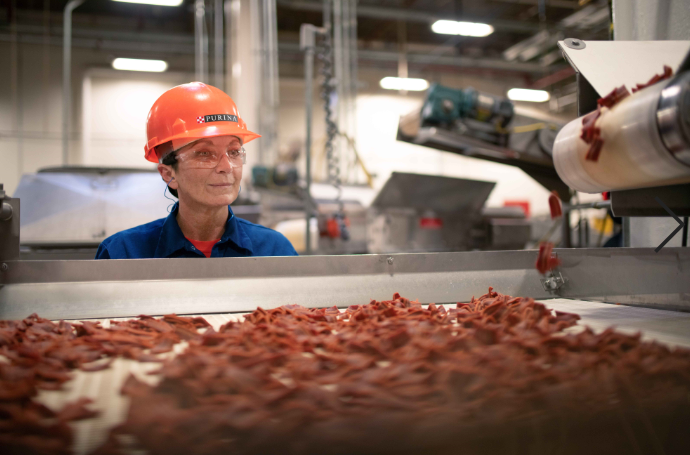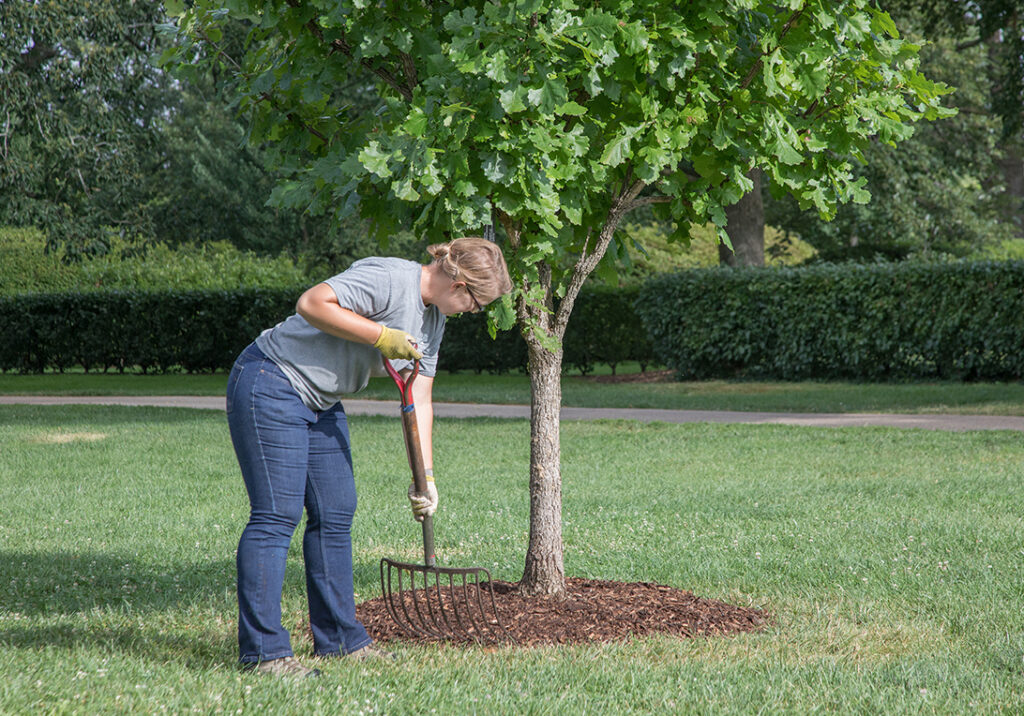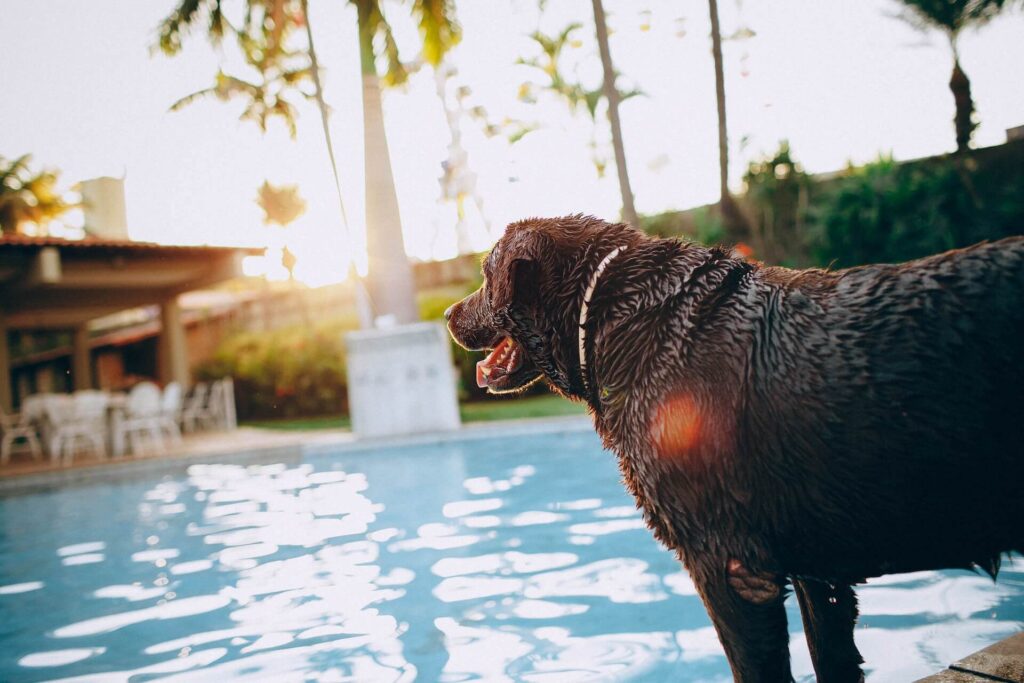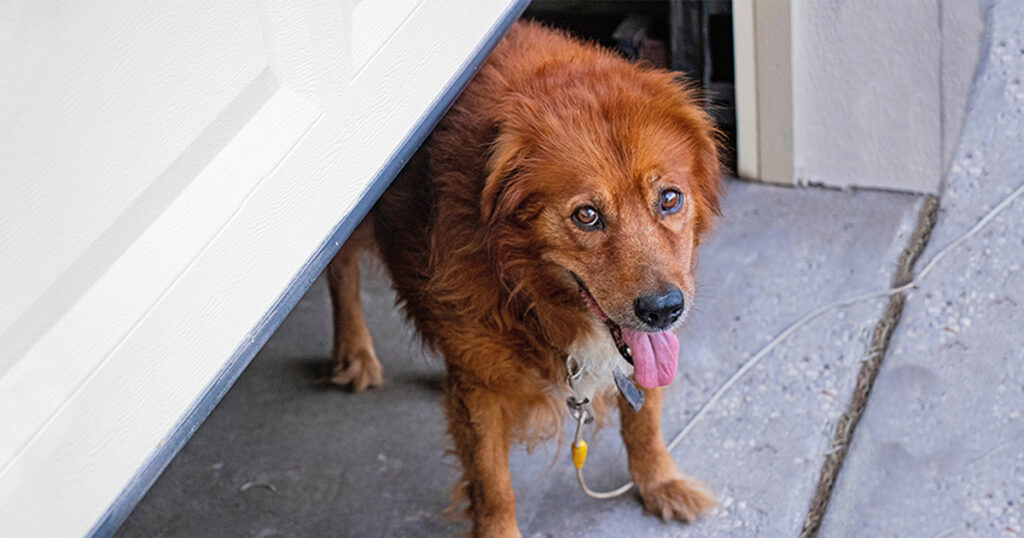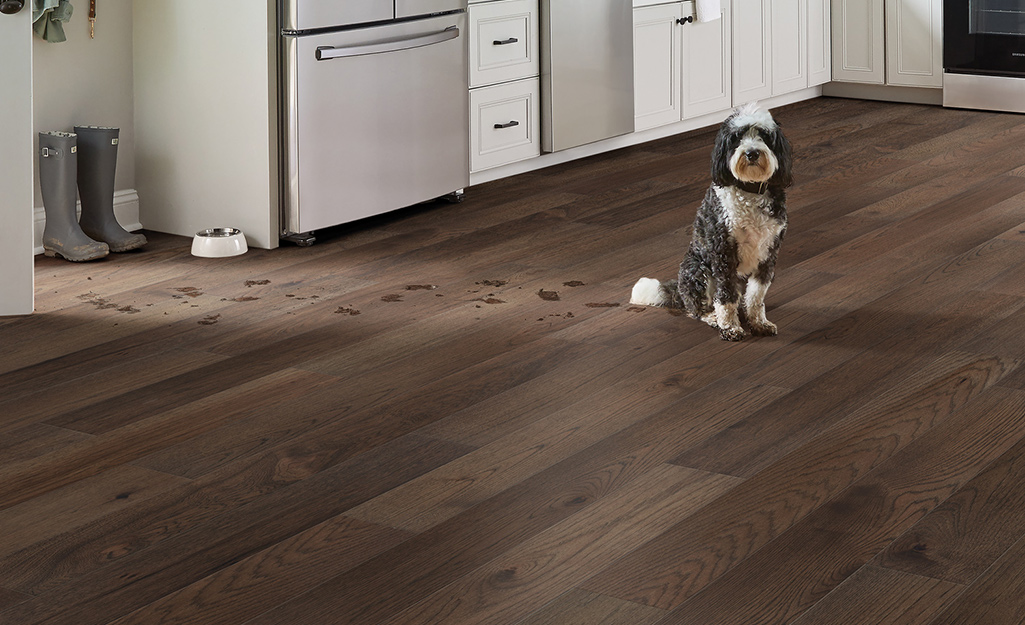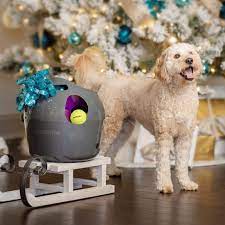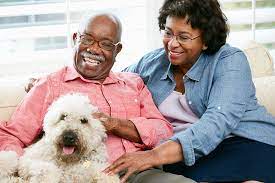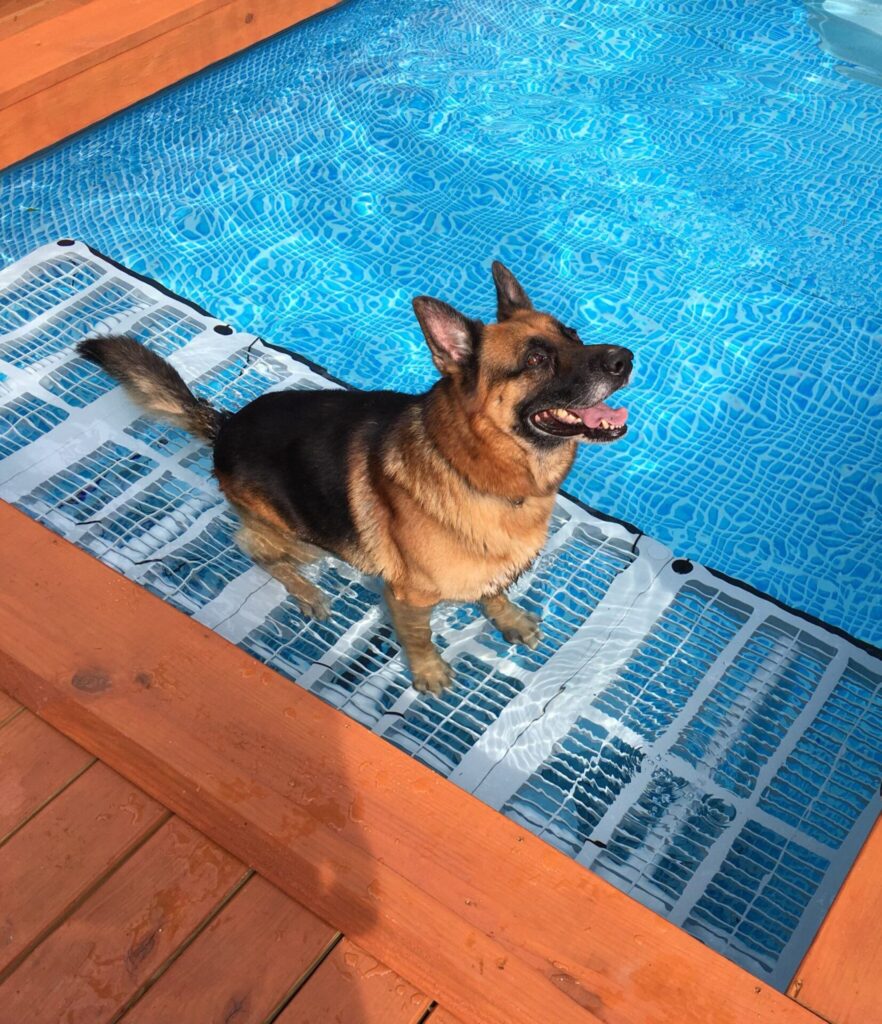
The sun is shining, the water is sparkling, and you’re ready for a refreshing dip in the pool. But as you approach, you notice something unusual – a furry friend lounging on the pool deck beside their owner. This scenario raises a contentious question: should pets be allowed on a pool deck? In this article, we delve into the complexities of this debate, exploring both sides of the argument to determine the best approach for all involved.
The Case for Allowing Pets on a Pool Deck
Companionship and Bonding: For many pet owners, their furry companions are more than just animals – they’re cherished members of the family. Allowing pets on a pool deck can facilitate quality time spent together, strengthening the bond between owner and pet. The shared experience of enjoying the poolside atmosphere can enhance the overall well-being of both parties.
Socialization Opportunities: Pool decks provide an ideal setting for pets to socialize with other animals and humans alike. Interactions with other pets can promote positive behavior and reduce feelings of loneliness or anxiety in animals. Additionally, pet-friendly environments foster a sense of community among pool-goers, promoting a welcoming atmosphere for all.
Exercise and Enrichment: Swimming is an excellent form of exercise for many pets, offering a low-impact workout that can benefit their physical health and mental stimulation. Allowing pets on the pool deck enables them to participate in recreational activities alongside their owners, promoting an active lifestyle and preventing boredom or pent-up energy.
Responsibility and Training Opportunities: Permitting pets on a pool deck encourages responsible pet ownership and provides opportunities for training and obedience practice. By exposing pets to new environments and experiences, owners can reinforce desired behaviors and teach important commands, such as “stay” or “leave it.” This can enhance the overall behavior of pets both at home and in public settings.
The Case Against Allowing Pets on a Pool Deck
Hygiene and Safety Concerns: One of the primary arguments against allowing pets on a pool deck revolves around hygiene and safety concerns. Pets, particularly dogs, may carry dirt, bacteria, or parasites on their fur or paws, which can contaminate pool water and pose health risks to humans. Additionally, wet fur and slippery pool decks increase the likelihood of accidents or injuries for both pets and people.
Allergies and Sensitivities: Many individuals have allergies or sensitivities to pet dander, saliva, or urine, which can trigger allergic reactions or respiratory issues. Allowing pets on a pool deck may inadvertently expose sensitive individuals to allergens, detracting from their enjoyment of the poolside environment and potentially causing discomfort or distress.
Disturbance and Disruption: Pets, especially those that are untrained or easily excitable, have the potential to disrupt the peaceful atmosphere of a pool deck. Barking, jumping, or aggressive behavior can disturb other patrons and detract from their relaxation or enjoyment. Additionally, conflicts between pets or confrontations with unfamiliar animals may arise, leading to tense or uncomfortable situations for all involved.
Liability and Regulations: From a legal standpoint, permitting pets on a pool deck may pose liability risks for property owners or managers. In the event of an injury or altercation involving a pet, liability issues may arise, leading to potential legal repercussions or disputes. Moreover, certain jurisdictions or homeowners’ associations may have regulations or restrictions regarding pets in pool areas, necessitating compliance to avoid penalties or fines.
Conclusion
In the debate over whether pets should be allowed on a pool deck, the answer is not a simple black-and-white issue but rather a nuanced consideration of various factors. While allowing pets can foster companionship, socialization, and exercise opportunities for both pets and owners, it also raises concerns regarding hygiene, safety, and disturbance. Ultimately, finding a balance between accommodating pet owners’ needs and ensuring the well-being and comfort of all pool-goers is essential.
To address these complexities, pool facilities may consider implementing policies or guidelines regarding pets on the pool deck, such as designated pet-friendly areas or specific hours for pet access. Additionally, promoting responsible pet ownership through education, training, and adherence to hygiene protocols can mitigate potential risks and enhance the overall experience for everyone.
In conclusion, while the inclusion of pets on a pool deck presents challenges and considerations, with thoughtful planning and consideration, it is possible to create a welcoming and inclusive environment that accommodates the needs of both pet owners and non-pet owners alike. By fostering understanding, communication, and mutual respect among all patrons, pool facilities can strive to create a harmonious and enjoyable experience for everyone, furry friends included.

